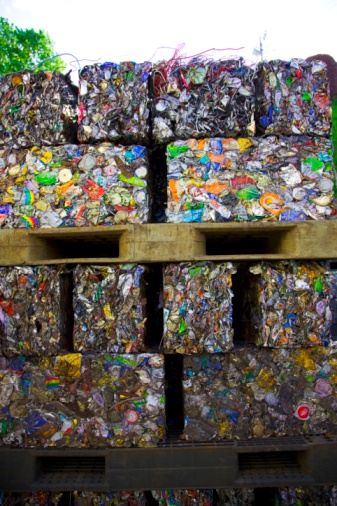A Look at the Lifecycle of an Aluminum Can

Any time you grab a soda from a vending machine or buy a six-pack of beer, you are most likely drinking from an aluminum can. These containers go through a long and intricate process to become cans that hold your favorite beverages. Keep reading to learn more about the lifecycle of an aluminum can:
The Making of the Metal
Before aluminum becomes aluminum, it starts out as bauxite, which is usually imported from places like Jamaica and Guinea. Once this material is mined, it is produced into alumina and then changed into aluminum ingots. These ingots are then rolled into thin sheets of metal that can easily be shaped into something else. Most cans are made primarily from aluminum but sometimes have a small amount of other metals. A lot of aluminum cans that are created are made up of recycled materials.
The Manufacturing of the Can
The aluminum sheets are shaped into circles that will eventually be transformed into the bottom and the sides of the can. Machines are used to cut the cans into the proper shape and size. Once the can is in the correct shape, it is cleaned and imprinted with a label. The lids are infused with more alloy metals to make them strong enough to stand up to the pressure of the liquids inside.
The Use and Recycling of the Can
Once the cans are complete, they can be sent out to consumers for consumption. If consumers recycle the cans, the aluminum can then be used to create new cans and the lifecycle continues. Recycling aluminum cans saves up to 95 percent of the necessary energy consumption to create new cans.
Tucson Iron & Metal provides the perfect location for recycling aluminum and other kinds of metal. We buy and sell scrap metal in Tucson to make it easier than ever to recycle your unwanted materials. To learn more about our services or our available scrap metal, visit us online or call (520) 884-1554.

